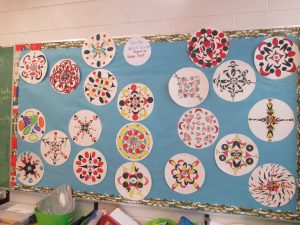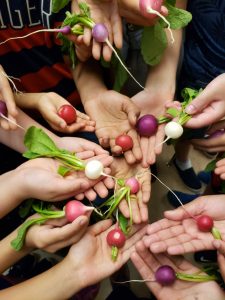
We harvested our radishes today. As you can see, the skin colours are white, red and purple. The tasty interior is all white.

May 23, 2019
by forda
0 comments

We harvested our radishes today. As you can see, the skin colours are white, red and purple. The tasty interior is all white.
May 10, 2019
by forda
0 comments
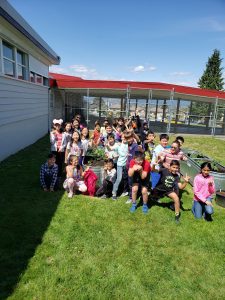
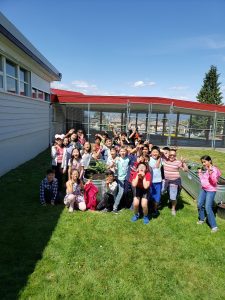
Division 14 has started planting in the school garden. This year, we are responsible for radishes and tomatoes. The school garden is an amazing place for (both quantitative and qualitative) observations. It allows students to plant, measure growth , observe changes and enjoy the harvests. We are looking forward to enjoying some of the harvests this season.
April 9, 2019
by forda
0 comments
Division 14 has started their Robotics Program!
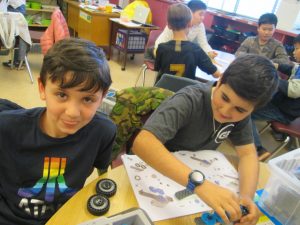
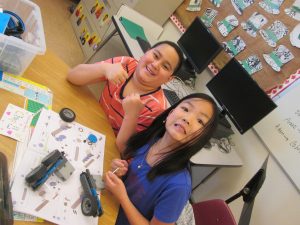
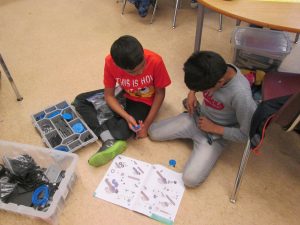
Div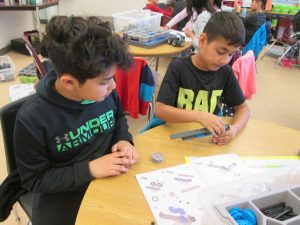 i
i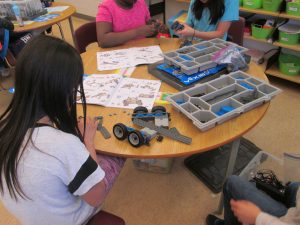
April 9, 2019
by forda
0 comments
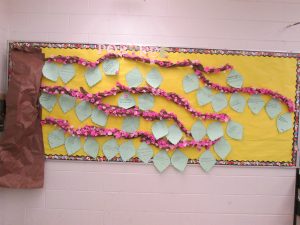
March 8, 2019
by forda
0 comments
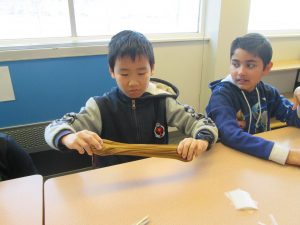
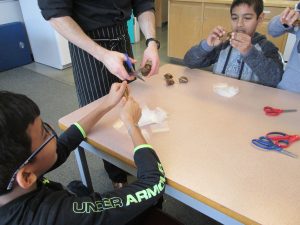

March 8, 2019
by forda
0 comments
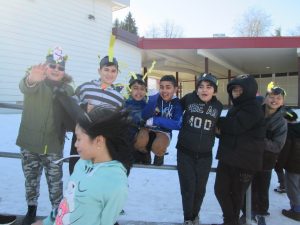
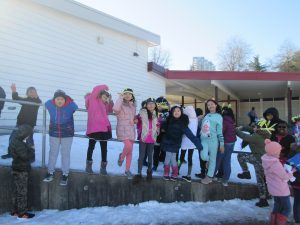
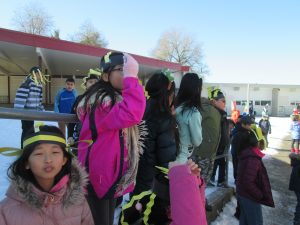
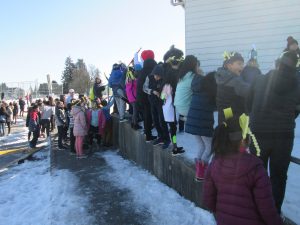
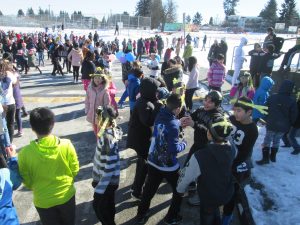
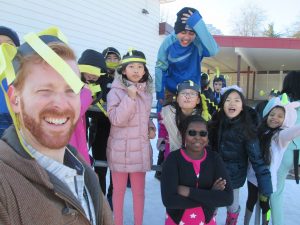
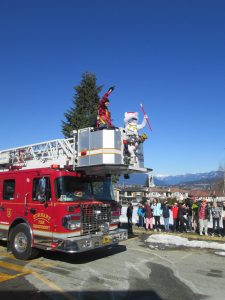
March 6, 2019
by forda
0 comments
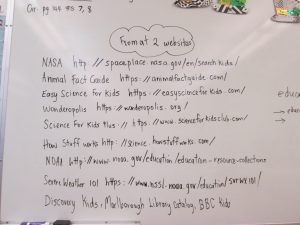
February 13, 2019
by forda
0 comments
This term, students explored the relationship between chocolate and Fairtrade in Ghana. Students made connections between their lives and the lives of children in this part of the world, the effects of fairtrade on the people of Ghana, how chocolate is made, where in the world cocoa trees grow. Most importantly, students realised how the we are connected globally and how our actions here in Canada affect the people in other parts of the world.

February 13, 2019
by forda
0 comments
Hope, Optimism and Love. These three words summarizes the story about Annie. Divs. 14, 15,16 watched the amazing musical at Michael J. Fox theatre on February 8th. The story of Annie has been a big part of our pop culture. It was fun to watch the students so engaged in this age old story. Needless to say, the play had a lasting effect on our students. Some feedback; “what a great show,” “the best show ever.”Please talk to your child about the play and also read their reflections on their blogs.
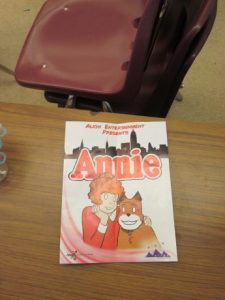
January 16, 2019
by forda
0 comments
Division 14 designed their own spindle whorls inspired by Susan Point , a Musqueam artist. The Coast Salish elements are widely represented in her art.
Susan Points art is represented in a variety of ways, materials. Comprised of a small (usually) wooden disk with a pole inserted through the centre, this tool was traditionally used by Coast Salish women to prepare wool that would be woven into garments and ceremonial blankets. Point has drawn upon the spindle whorl to provide a formal structure for her art while combining this motif with a uniquely Salish vocabulary of circles, crescents and curved triangles, elements that distinguish the art of her people from the formline-based art of northern Indigenous peoples. (source: Vancouver Art Gallery)
